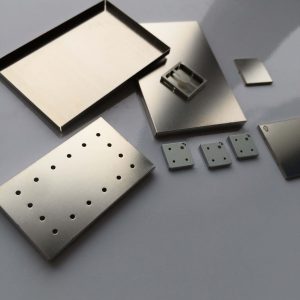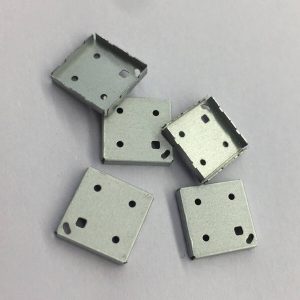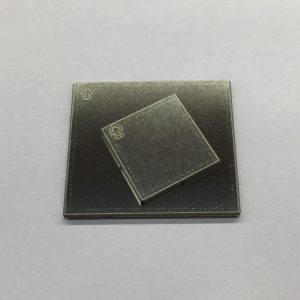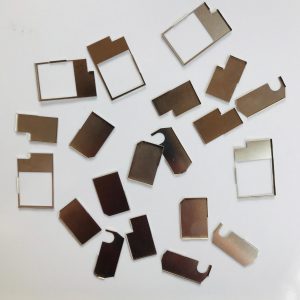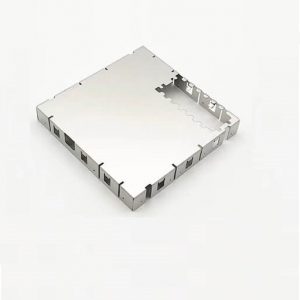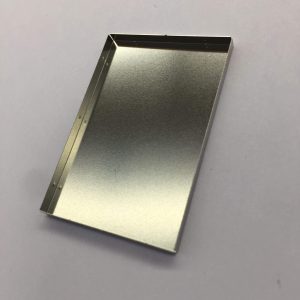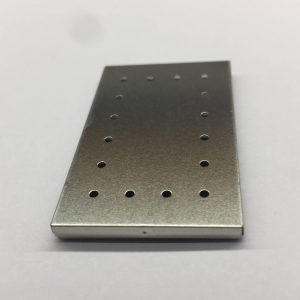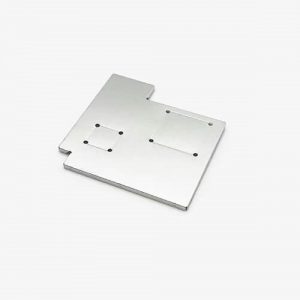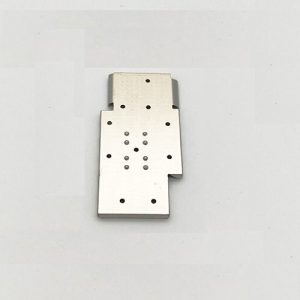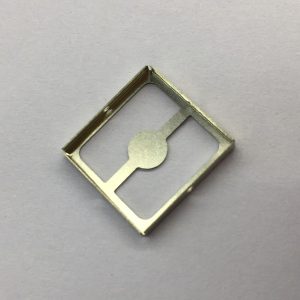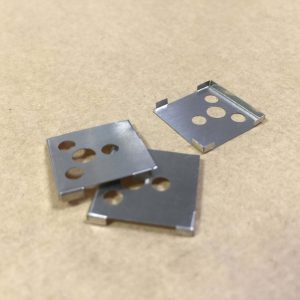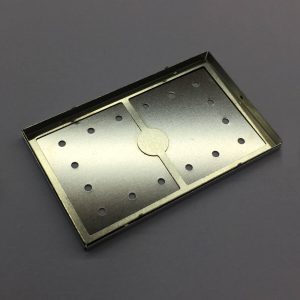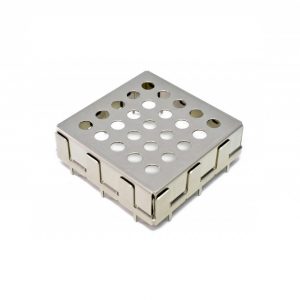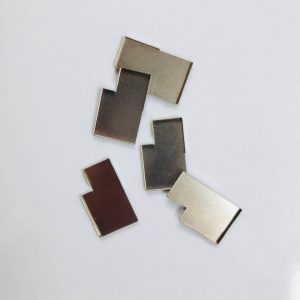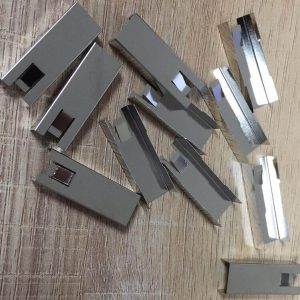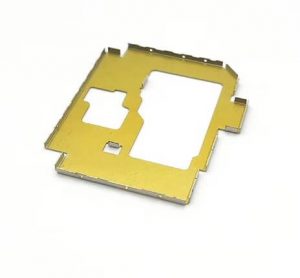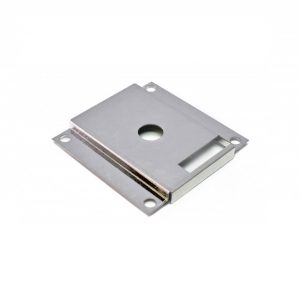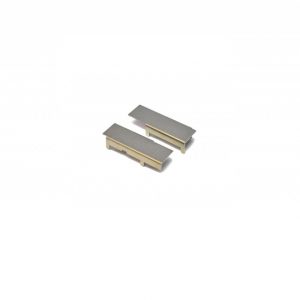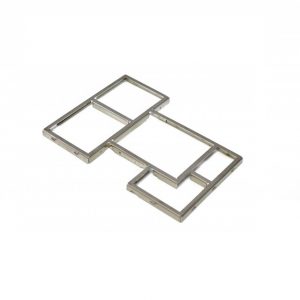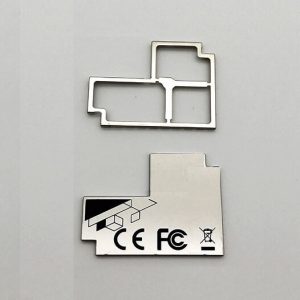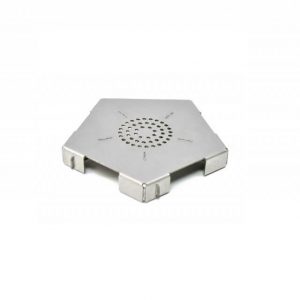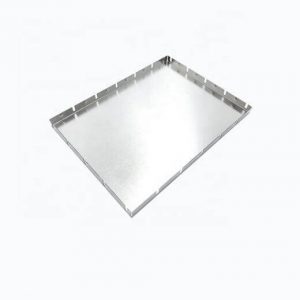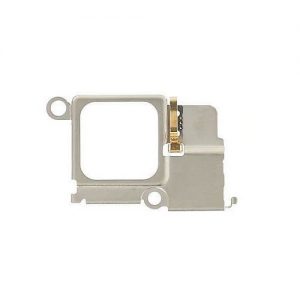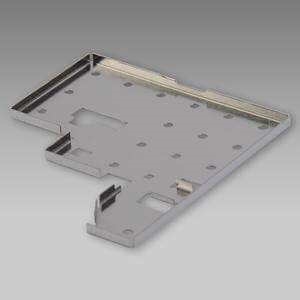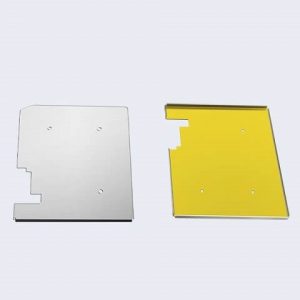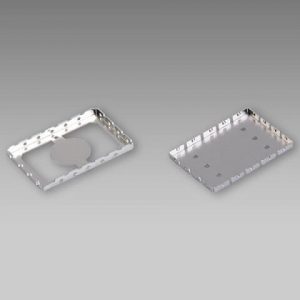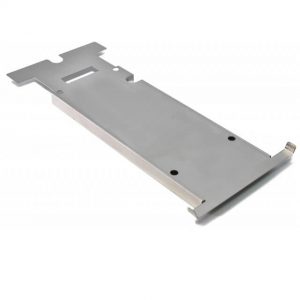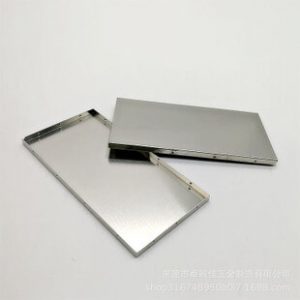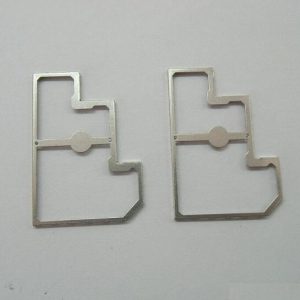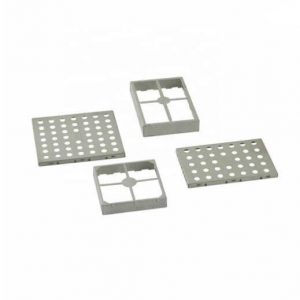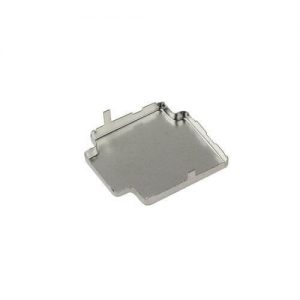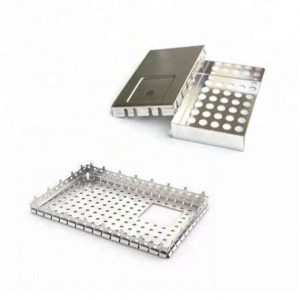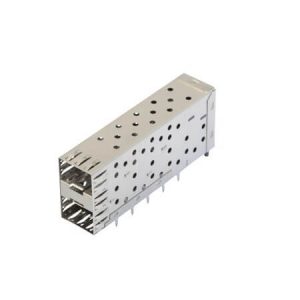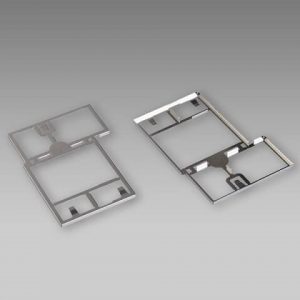Custom EMI & RFI Shielding
Printed Circuit Boards (PCBs) are integral to modern electronic devices, acting as the backbone for various components and connections. As technology advances, the need for effective shielding on PCBs becomes increasingly important. Let's explore why PCB shielding is crucial, what it protects against, and the materials commonly used for this purpose.
What is the purpose of PCB shielding?
PCB shielding serves as a protective barrier, safeguarding sensitive electronic components from external electromagnetic interference (EMI) and radio frequency interference (RFI). These interferences can originate from various sources, including nearby electronic devices, radio signals, or even the PCB's own components. The goal of PCB shielding is to minimize or eliminate these interferences, ensuring the device's proper function and reliability.
What is EMI in PCB?
Electromagnetic interference (EMI) in the context of PCBs refers to unwanted electromagnetic emissions or disturbances that can affect the performance of electronic circuits. EMI can originate from various sources, including switching power supplies, oscillators, digital signal processing units, and external electromagnetic sources like radio transmitters or industrial equipment.
EMI can lead to a range of issues, such as signal degradation, data corruption, and even device malfunction. It can propagate through radiation (via electromagnetic waves) or conduction (through electrical connections like power lines and signal cables).
What is RFI in PCB?
Radio frequency interference (RFI) is a specific type of EMI that occurs at radio frequencies, typically in the range of 3 kHz to 300 GHz. RFI can be particularly disruptive to wireless communication systems, GPS, and other applications that rely on precise radio frequency signals.
RFI can originate from both external sources (e.g., radio and television transmitters, wireless routers) and internal sources within the PCB (e.g., high-frequency oscillators or wireless modules). It can cause significant disruption to the performance of sensitive electronic components and systems.
How to Shield PCBs from EMI/RFI?
To shield PCBs from EMI/RFI, several strategies can be employed:
- Shielding Enclosures: Surrounding the PCB with a conductive enclosure, often made of metal, is a common method. This enclosure acts as a barrier, absorbing and deflecting external electromagnetic waves.
- Grounding and Filtering: Proper grounding of components and the use of EMI/RFI filters can help reduce interference by directing unwanted signals to ground or filtering them out before they reach sensitive components.
- PCB Layout and Design: Thoughtful PCB design, including proper trace routing, spacing, and component placement, can minimize EMI/RFI. Shielding critical areas with grounded planes or metal cans is another effective approach.
- Cable Shielding: Shielding cables and connectors that connect to the PCB can also help reduce EMI/RFI from external sources.
What does an EMI/RFI shield do?
An EMI/RFI shield serves as a barrier that prevents electromagnetic and radio frequency interference from affecting sensitive electronic components. It does this by either reflecting or absorbing electromagnetic waves, thereby preventing them from penetrating the shielded area. The shield also confines the electromagnetic emissions from within the circuit, ensuring that they do not escape and cause interference to other devices or circuits.
The primary functions of an EMI/RFI shield are:
- Containment: Shielding helps contain emissions within an electronic enclosure, reducing the risk of interference with other nearby devices or systems.
- Protection: By blocking external electromagnetic waves, shielding protects sensitive circuits and components from disruptions caused by EMI/RFI.
- Signal Integrity: Shielding maintains the integrity of signals within a PCB, reducing cross-talk and other forms of interference.
- Compliance: Proper EMI/RFI shielding helps electronic devices meet regulatory standards for electromagnetic compatibility (EMC).
What is the best metal for EMI/RFI shielding?
Several metals are used for EMI/RFI shielding, each with unique properties that make them suitable for specific applications. The best metal for a particular EMI/RFI shielding task depends on factors like frequency range, environmental conditions, weight, and cost. Here are some commonly used metals:
Copper: Known for its high conductivity, copper is highly effective at absorbing and reflecting electromagnetic waves. It is often used in shielding applications but can be more expensive than other metals.
Aluminum: Lightweight and corrosion-resistant, aluminum is commonly used in EMI/RFI shielding applications, particularly for its durability and ease of fabrication. It is less conductive than copper but still effective in many situations.
Steel: Steel, particularly stainless steel, is durable and strong. It offers a good balance between conductivity and magnetic shielding, making it suitable for applications where mechanical strength is crucial.
Nickel: Often used as a coating or alloy component, nickel is effective in high-frequency shielding and has good corrosion resistance.
The best metal for EMI/RFI shielding depends on your specific needs. Copper is often considered the most effective due to its high conductivity, while aluminum provides a lightweight and cost-effective solution. Steel and nickel offer additional durability and magnetic shielding properties.
Which is better for EMI/RFI shielding steel or aluminum?
When choosing between steel and aluminum for EMI/RFI shielding, consider the following factors:
Conductivity: Aluminum has higher electrical conductivity than most types of steel, making it more effective at absorbing and reflecting electromagnetic waves.
Weight: Aluminum is much lighter than steel, which can be crucial in applications where weight is a factor, such as aerospace and portable electronics.
Durability: Steel is generally more durable and mechanically robust than aluminum. Stainless steel, in particular, offers good resistance to corrosion and high strength.
Magnetic Properties: Steel, especially stainless steel with ferromagnetic properties, offers better magnetic shielding compared to aluminum.
Cost and Fabrication: Aluminum is easier to work with and generally cheaper than steel, which can be an advantage in large-scale manufacturing.
In general, aluminum is often preferred for EMI/RFI shielding due to its combination of lightweight, conductivity, and cost-effectiveness. Steel might be chosen when mechanical strength and magnetic shielding are critical, such as in industrial or automotive applications.
Ultimately, the best choice depends on your specific requirements for EMI/RFI shielding, including the frequency range, environmental conditions, and design constraints.
Custom PCB EMI & RFI Shielding?
When it comes to addressing specific electromagnetic interference (EMI) and radio frequency interference (RFI) challenges in your PCB designs, custom shielding solutions offer a tailored approach to meet your unique requirements. Standard shielding components might not always align with your design specifications, making customization crucial for achieving optimal performance and regulatory compliance.
If you need custom PCB-level EMI and RFI shielding, TMN's can provide the expertise and technology you need. As a leading manufacturer specializing in photochemical etching for EMI and RFI shielding, TMN's has the comprehensive, integrated equipment and experience to produce high-quality custom shielding components.
Learn more about TMN’s photo etching PCB EMI & RFI Shielding customization capabilities>>>

